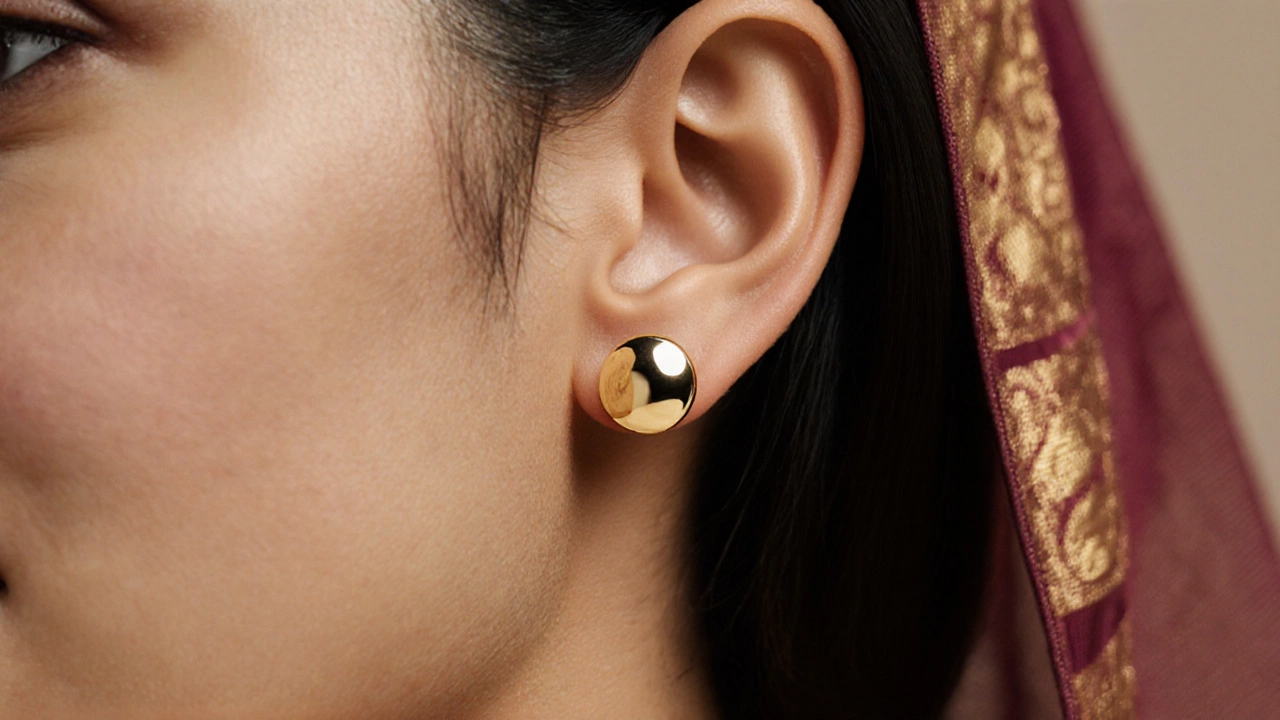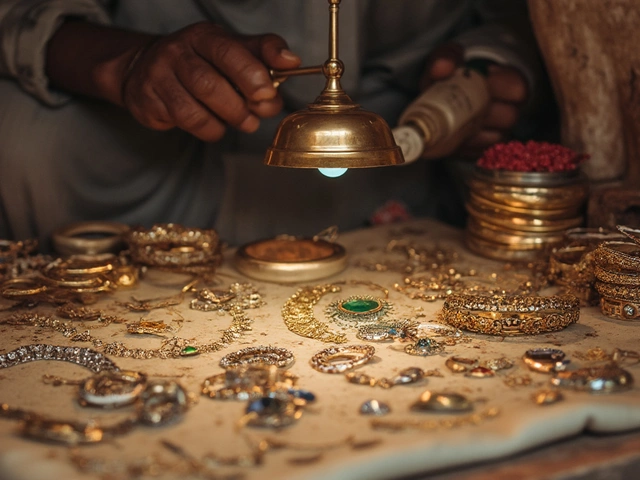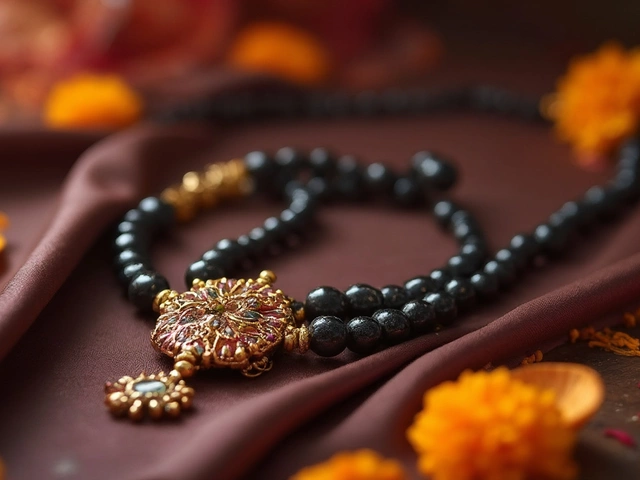Most Common Stud Pattern
When exploring most common stud pattern, the design that repeats most often on nose studs and other jewelry findings. Also known as standard stud motif, it helps buyers spot classic styles quickly. This pattern forms the backbone of many everyday jewelry pieces, making it a handy reference for anyone shopping online or browsing a showroom. Nose stud a small ornament worn on the nostril, often featuring a decorative front and a secure backing is the most visible carrier of the pattern. Designers choose the motif because it balances simplicity with elegance, allowing the stone or metal to shine without overwhelming the face. The pattern typically includes a round or oval head, a subtle engraving, or a tiny floral element – all of which repeat across hundreds of collections. Jewelry findings the small components such as clasps, jump rings and studs that hold the main piece together also rely on the same motif. When a maker selects the most common stud pattern for a finding, they ensure compatibility with a wide range of designs, from traditional temple jewelry to modern minimalist earrings. This compatibility creates a seamless link between the decorative front and the functional back, a relationship that both artisans and shoppers appreciate.
Why Patterns Matter
The pattern isn’t just a visual repeat; it tells a story about materials and craftsmanship. most common stud pattern often uses gold or silver as the base metal because these alloys highlight the tiny details without dulling the shine. Gold, especially 750 or 916 purity, offers a warm tone that makes engraved lines pop, while silver provides a cooler backdrop that enhances intricate filigree. Choosing the right metal also influences durability – a well‑cast gold stud can last decades, whereas a plated silver piece may need more care.
Cultural traditions shape the pattern’s popularity across India. In North Indian weddings, a simple round stud with a tiny pearl is preferred for its understated elegance, while South Indian brides may opt for a slightly larger motif with a subtle Meenakari finish. These regional tastes feed into the overall demand for the most common stud pattern, keeping it relevant season after season. Understanding this cultural link helps you predict which variations will fit a specific occasion.
When you’re buying a stud, look for hallmark stamps that confirm metal purity, such as 750 for 18K gold or 925 for sterling silver. The hallmark serves as proof that the pattern sits on a genuine foundation, not just a cheap coating. Additionally, examine the backing mechanism – push‑back, friction‑back, or screw‑back – because a secure back ensures the pattern stays in place and the jewelry remains comfortable.
Maintenance is straightforward once you know the material. Gold studs can be wiped with a soft cloth after each wear, while silver may benefit from a gentle polishing cloth to prevent tarnish. Avoid harsh chemicals, especially if the stud includes enamel or gemstones, as they can damage the fine details of the pattern.
Below you’ll find a curated list of articles that dive deeper into related topics – from material hallmarks and cultural meanings to practical buying tips and care guides. These posts expand on the ideas introduced here, giving you a complete picture of why the most common stud pattern continues to dominate the market and how you can make the most of it in your own collection.
What Is the Most Common Stud Pattern in Gold Jewelry?
Explore why the classic round‑face stud is the most common gold jewelry pattern, see how it compares to other styles, and learn tips to spot and care for authentic pieces.





